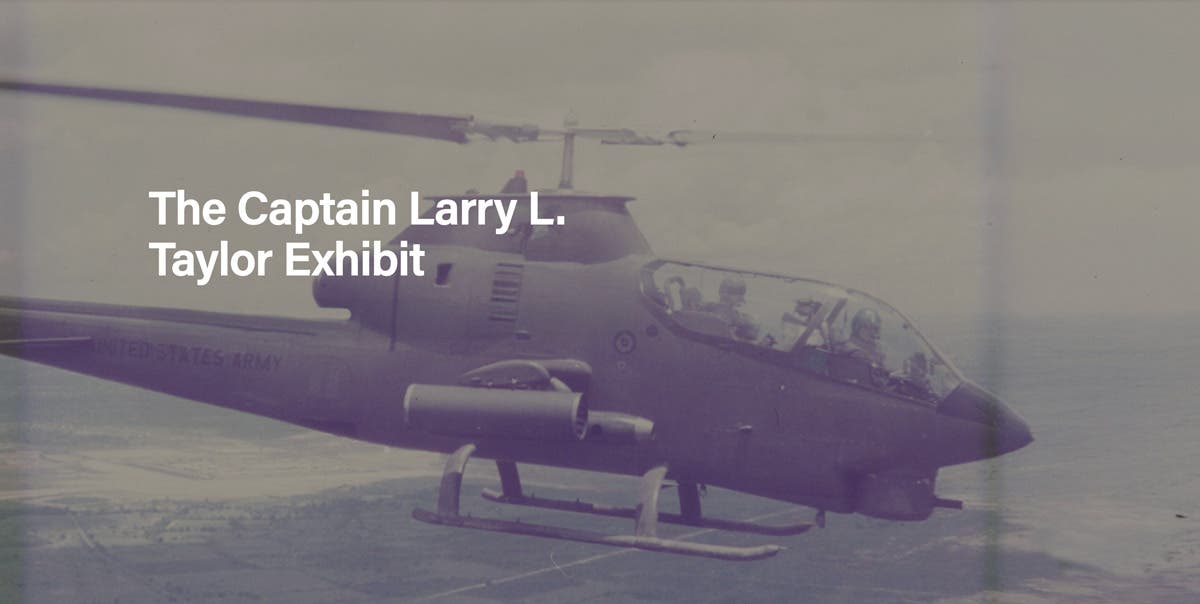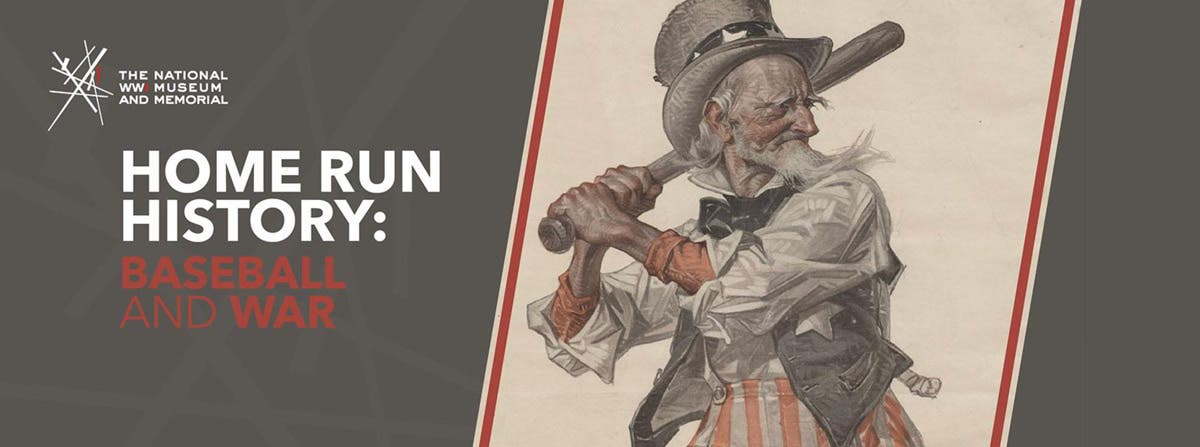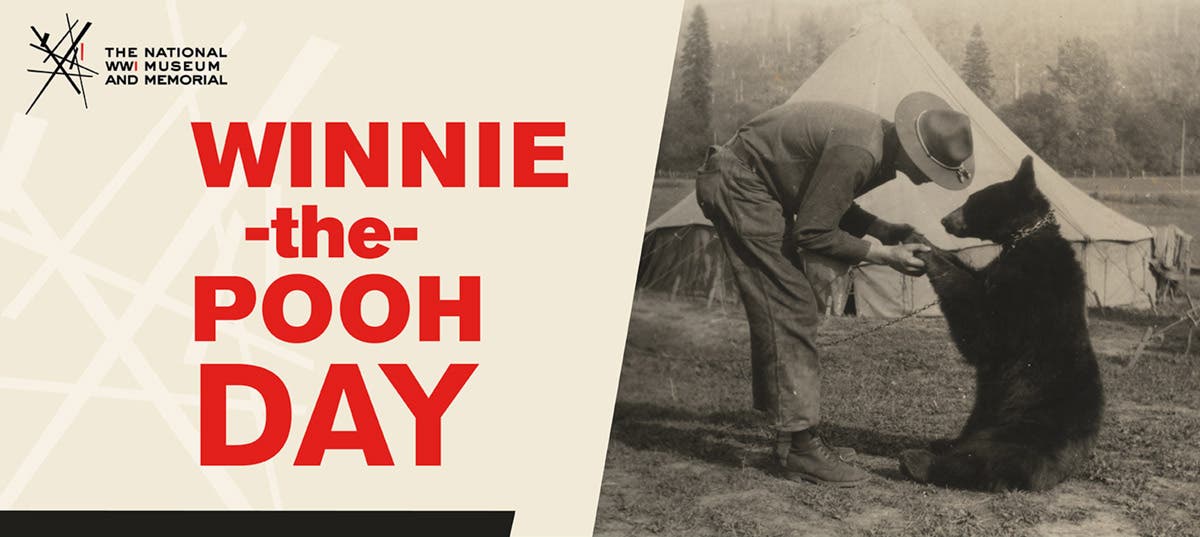Studebaker shrine includes military history
The National Studebaker Museum embraces the company’s long military history.
The National Studebaker Museum in South Bend, Ind., holds a lot of history. Studebaker formed in 1852 when it best known for its horse-drawn conveyances. Studebaker entered the automobile manufacturing business in 1902 with an electric car. It’s first gas car — a two-cylinder, 16-horsepower touring car — arrived nine years later.
Studebaker bought the Everitt-Metzger-Flanders Co. of Detroit and formed Studebaker Corp. which marketed the E-M-F 30, the Flanders 20, the Studebaker-Garford 40 and Studebaker electrics. By 1913, these models had been replaced by four- and six-cylinder automobiles, all of which bore just the Studebaker name. Studebaker’s centennial was in 1952. The company made Studebaker cars and trucks until 1966.
The Studebaker National Museum in South Bend is a center for the interpretation of history, design and innovation that connects and inspires the Studebaker-collecting community around the world. This is accomplished through programming, active collecting and the exhibition of historic vehicles, archival materials and artifacts that showcase the local and global influence of Studebaker and related industrial innovators.
The museum was originally housed in the actual Studebaker factory, which was full of history, but very old and out-of-date. The current museum was developed as a labor of love for Studebakers. Its vision was to spark the imagination and ignite interest and passion for design, innovation and the overall impact of the automobile and auto industry.
The Studebaker National Museum is devoted to sharing the story of the automotive and industrial history of South Bend and the greater region through the display and interpretation of Studebaker vehicles along with related industrial items. The Collection also includes seven objects designated as “National Treasures,” including the carriage Abraham Lincoln rode to Ford’s Theatre the night of his assassination and a carriage used by the Marquis de Lafayette during his farewell tour of United States in 1824.
The Studebaker National Museum is housed in a state-of-the-art, 55,000-sq. ft. facility that opened in October 2005. The building has three levels and features fully climate-controlled galleries and storage facilities to ensure the best possible care of its holdings. The museum was designed by James Childs Architects, a South Bend company. It features several design elements from Studebaker’s old factory buildings.
SNM is not really a military vehicle museum. However, it has a small and very significant grouping of four-wheeled military conveyances from a 1917 Studebaker water cart that was used by World War I Doughboys to a military Hummer with camouflage paint that was built by AM General at a former Studebaker facility in South Bend.
The military units are displayed in the lower level of the museum, alongside many of Studebaker’s prototypes, dream cars, pilot model trucks, historic plains wagons and even a couple of early pre-World War II Studebaker buses. There are a couple of very interesting mass-production models in this “basement display area” as well. Many of the vehicles stored in this section of the building are on 4-post lifts, but the military units have their own space that’s solidly grounded on the floor. There are both Studebaker wagons and motorized Studebakers in the basement, as well as the aforementioned Hummer.
The 1917 Studebaker water cart is one of more than 10,500 produced for the United States Army during World War I. Carts like this one were used to supply the troops with fresh water while they were in the field. The museum’s WW I water cart is from the original Studebaker Collection that was put together by the factory many years ago. There are 14 spigots on the back of the water cart that soldiers could operate to get fresh water.
Nearby the water cart is a “covered wagon” style mule-drawn supply unit. A sign in front identified it as a 1918 model, although the “Studebaker Corporation, South Bend, Ind.” lettering on the front has an April 27, 1917 date stamp. In front of that vehicle is another mule-drawn wagon that served as a World War I ambulance. Instead of the typical white ambulance color, this cart is painted black and has a tan fabric top. There is also a mule statue in front of the ambulance with a feedbag over its mouth.
To the left of this exhibit is a World War II diorama showing a G.I. in his OD’s (olive drabs) and combat helmet. He’s holding a canteen and wearing a magazine belt while he stands in front of his pup tent and cot. Apparently, he just got up from writing a battlefield report using the Royal typewriter that’s on the field desk behind him. Other “military surplus” items in the museum’s diorama include an ammo box.
Naturally, there’s a Studebaker-built M29 Weasel in the military section. This was World War II tracked military vehicle originally designed for operation in snow. Built in South Bend, Weasels were also used in sandy, muddy and desert terrains as well as for towing loads over terrain that standard wheeled vehicles could not negotiate. They were a big part of the US Marine invasions of Iwo Jima and Okinawa. Some versions of the M29 were used in amphibious assaults. Standard variants had very low freeboard, but a version called the M29C Water Weasel was the better option for amphibious operation. It had buoyancy cells in the bow and stern, as well as twin rudders. After World War II, Weasels were kept in service and used quite a bit in military operations in the Arctic.
Nicknamed the “St. Lo Special”, the Studebaker National Museum’s Weasel is displayed to look like it’s being used in a desert. There’s a sandy-looking cloth under it and artificial, desert-looking foliage. The tracked vehicle is tilted to the left to suggest that it’s using its rough-terrain abilities. A mannikin of a young soldier stands outside to the left. This vehicle looks like it’s “been through the war!”
The Hummer M998 was a product of AM General. Not to be confused with the General Motors H1 Hummer, the AM General military version was much more robust than the Suburban-basedH1. GM bought marketing rights to the Hummer name in 1999 and marketed the H1 until 2006. However, AM General kept making the military versions until 2018.
NATIONAL STUDEBAKER MUSEUM
Hours
Monday-Saturday 10am-5pm EDT
Sunday 12pm-5pm EDT
Location
201 Chapin Street
South Bend, IN 46601
(574) 235-9714
(888) 391-5600
www.studebakermuseum.org








